When most people think about fossils, they picture massive dinosaur skeletons standing in museum halls, all bleached bones and intimidating teeth. But here’s something that might blow your mind: the fossil record is actually bursting with far more intimate remnants of ancient life than just bones. We’re talking about fossilized skin so detailed you can see individual scales, feathers that still shimmer with their original colors, and yes, even prehistoric poop that tells us what creatures ate for dinner 100 million years ago.
The world beneath our feet is essentially a time capsule filled with these extraordinary soft tissue fossils that most people never hear about. Every day, paleontologists are uncovering evidence that rewrites what we thought we knew about ancient life, revealing secrets that bones alone could never tell us.
The Miraculous Science of Soft Tissue Preservation
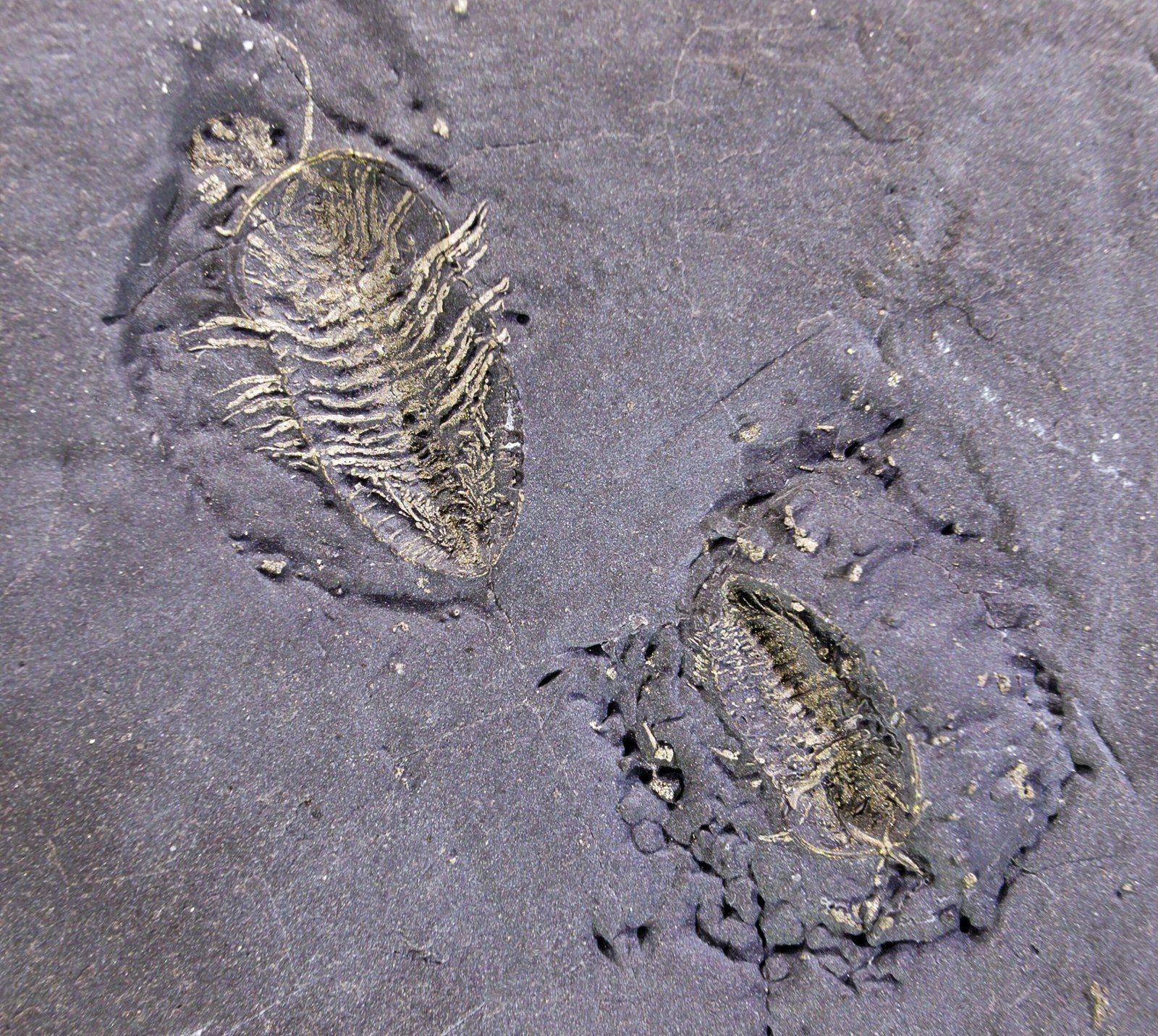
Fossilization of soft tissues defies what most of us learned in school about how fossils form. Unlike bones and teeth, which are already mineralized and built to last, soft tissues like skin, feathers, and internal organs are typically the first things to decompose when an organism dies. Yet under extremely rare conditions, these delicate structures can be preserved for millions of years.
The key lies in rapid burial and specific chemical conditions that halt the normal decay process. When an animal dies and gets quickly covered by fine sediment, volcanic ash, or trapped in amber, oxygen levels drop dramatically. This creates an environment where bacteria can’t do their usual decomposition work, essentially putting the soft tissues in a state of suspended animation.
What makes this even more remarkable is that sometimes the original organic molecules are still present in these fossils. Scientists have found melanin pigments in 150-million-year-old bird feathers, giving us actual glimpses of the colors that painted the ancient world.
Feathered Dinosaurs: When Fantasy Becomes Reality
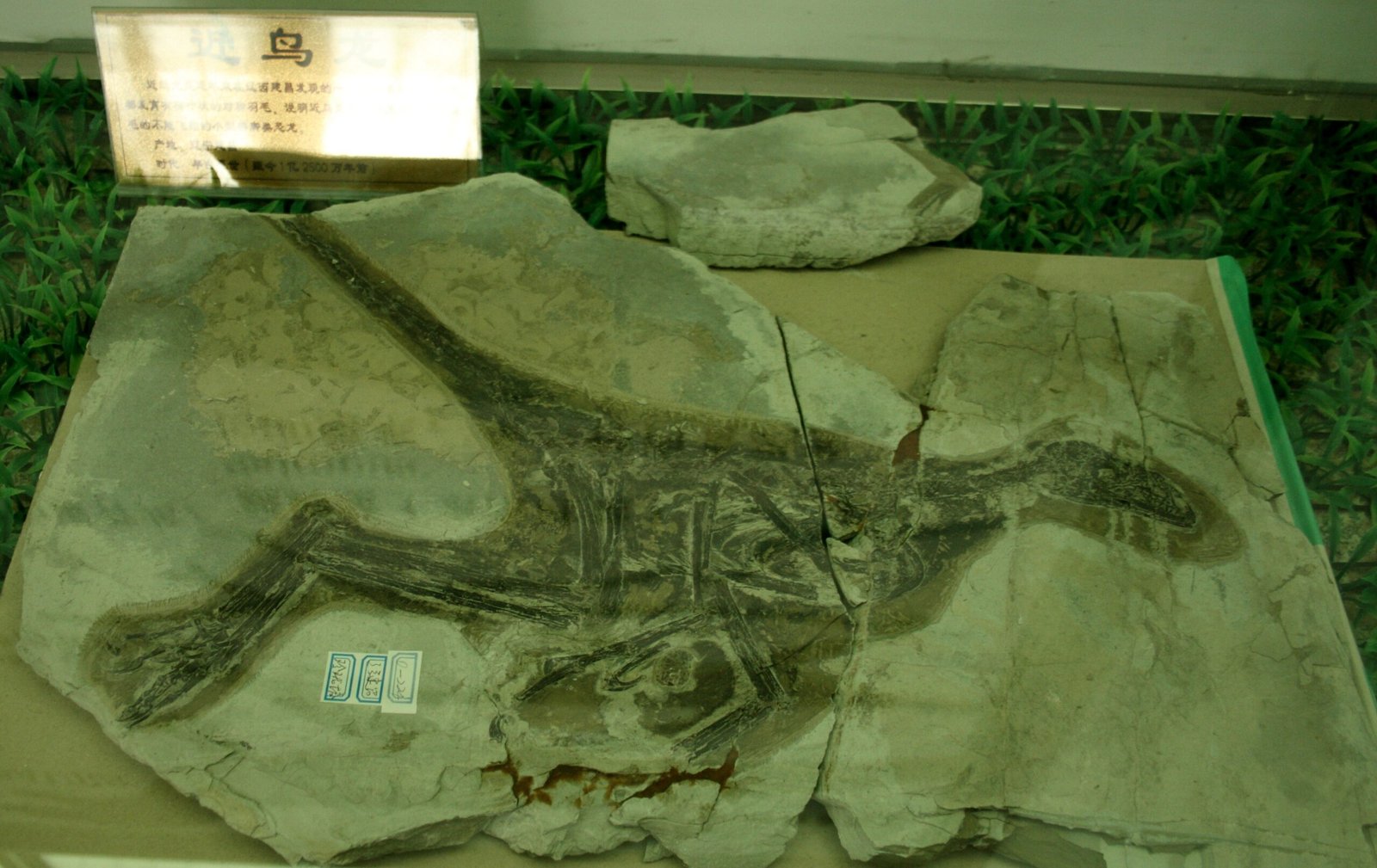
The discovery of feathered dinosaurs completely revolutionized our understanding of these ancient giants. In the early 2000s, paleontologists in China began uncovering dinosaur fossils with unmistakable feather imprints, and suddenly the line between dinosaurs and birds became beautifully blurred. These weren’t just any feathers either – they were complex, branched structures that would have created stunning displays of color and texture.
One of the most famous examples is Sinosauropteryx, a small dinosaur that lived about 125 million years ago. Its fossilized feathers contained enough preserved melanin for scientists to determine that it had reddish-brown and white striped coloring, like a prehistoric tiger with feathers. Imagine walking through an ancient forest and spotting this vibrant creature darting between the trees.
These feathered dinosaur fossils have shown us that feathers didn’t originally evolve for flight. Instead, they likely served as insulation, display structures for attracting mates, or even as camouflage – purposes that make perfect sense when you think about how modern birds use their plumage.
Skin Deep: Fossilized Flesh That Tells Ancient Stories
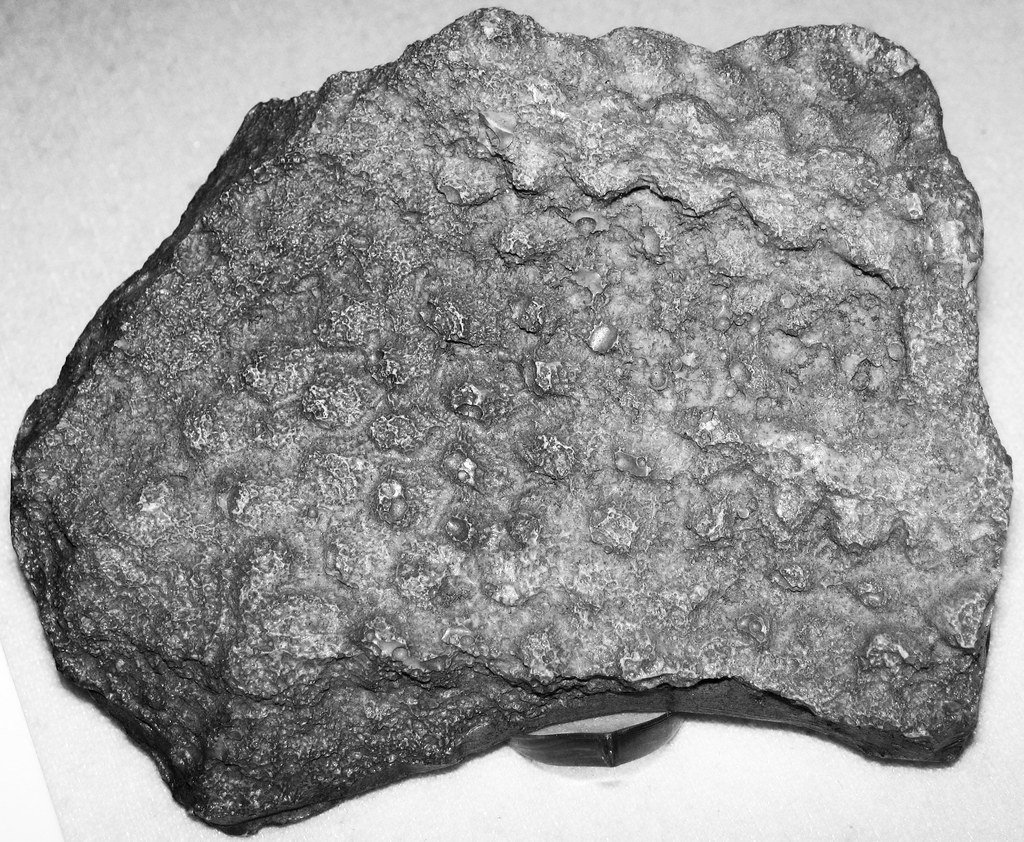
Finding fossilized skin is like discovering a prehistoric fingerprint – it’s incredibly rare and incredibly revealing. These delicate impressions can show us everything from the texture of a dinosaur’s hide to the exact pattern of scales on an ancient fish. Some of the most spectacular examples come from dinosaur “mummies” where the skin was so perfectly preserved that you can see individual muscle fibers underneath.
The famous Borealopelta fossil discovered in Alberta, Canada, is a prime example of how skin preservation can change everything we thought we knew about an animal. This armored dinosaur’s skin was so well-preserved that scientists could determine its exact coloration – reddish-brown on top and lighter underneath, a pattern called countershading that modern animals use for camouflage.
What’s truly mind-blowing is that these skin fossils sometimes preserve evidence of injuries, scars, and even parasite bites. It’s like reading the life story of an individual animal that died millions of years ago, complete with all the struggles and adventures it experienced during its lifetime.
The Colorful World of Prehistoric Plumage
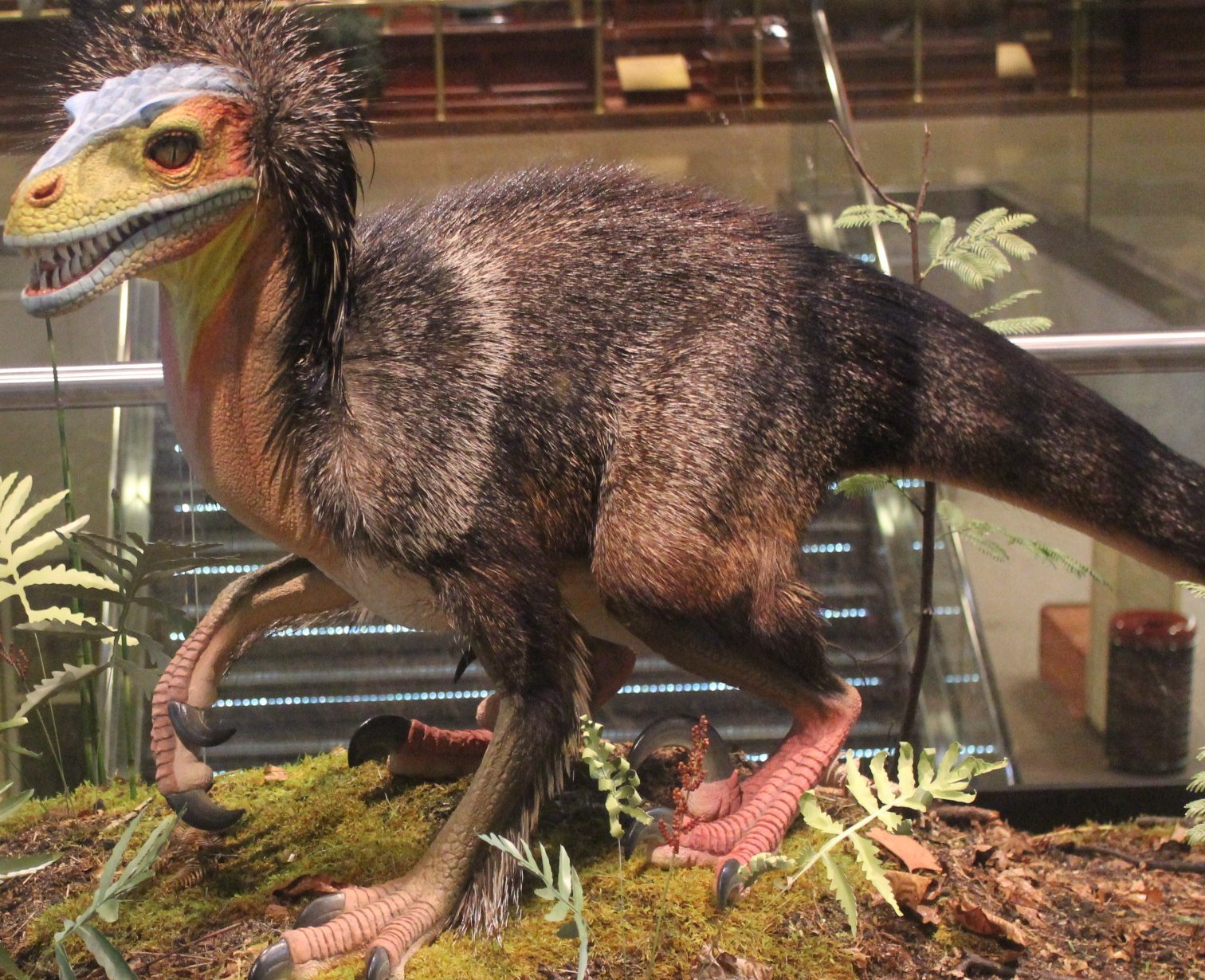
Thanks to advances in electron microscopy and biochemical analysis, we can now determine the actual colors of ancient feathers with stunning accuracy. The secret lies in microscopic structures called melanosomes – tiny organelles that contain pigments responsible for coloration in modern birds. These structures fossilize remarkably well, and their shape and arrangement tell us exactly what colors they would have produced.
Rod-shaped melanosomes create black and gray colors, while spherical ones produce browns and rufous tones. The absence of melanosomes in certain areas indicates white or translucent feathers. Using this technique, scientists have reconstructed the appearance of ancient birds in ways that would have seemed impossible just decades ago.
One of the most spectacular discoveries was Anchiornis, a small feathered dinosaur that lived 160 million years ago. Researchers determined that it was primarily black with distinctive white wing stripes and a reddish-brown crest on its head. This wasn’t just scientific speculation – it was based on actual preserved pigment structures from the fossil itself.
Coprolites: The Fossilized Poop That’s Worth Its Weight in Gold
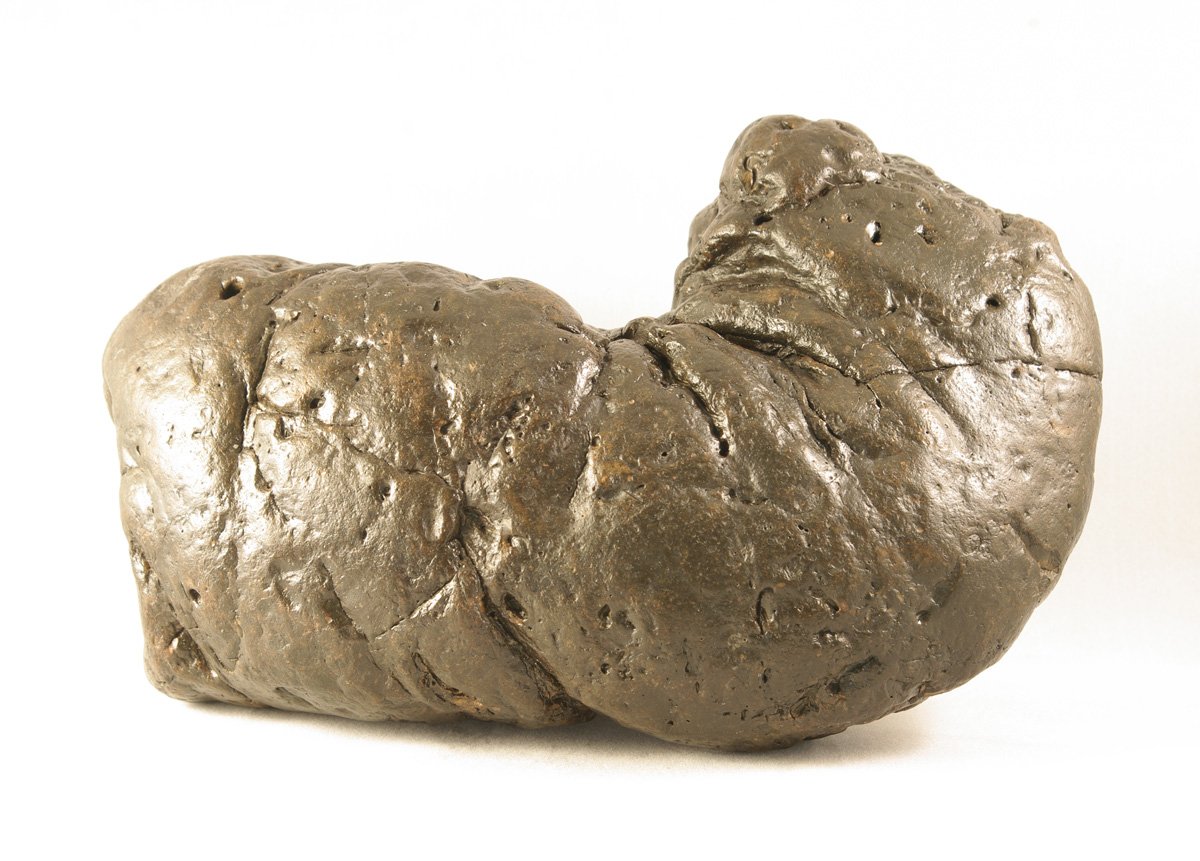
Let’s talk about coprolites – fossilized feces that might sound gross but are actually treasure troves of information about ancient ecosystems. These specimens preserve direct evidence of what prehistoric animals ate, how they digested their food, and even what parasites lived in their guts. Think of them as the ultimate ancient meal receipt, complete with itemized details about prehistoric diets.
Some coprolites are massive – the largest known example is over 40 centimeters long and likely came from a Tyrannosaurus rex. When scientists cut into these fossilized droppings, they find bone fragments, fish scales, and plant material that tell us exactly what was on the menu millions of years ago. It’s like having a direct window into the food webs of ancient worlds.
The information gleaned from coprolites has revolutionized our understanding of prehistoric behavior and ecology. They’ve shown us that some dinosaurs were more omnivorous than we thought, that ancient fish had complex feeding strategies, and that prehistoric ecosystems were far more intricate than bones alone could reveal.
Amber’s Perfect Preservation Chamber
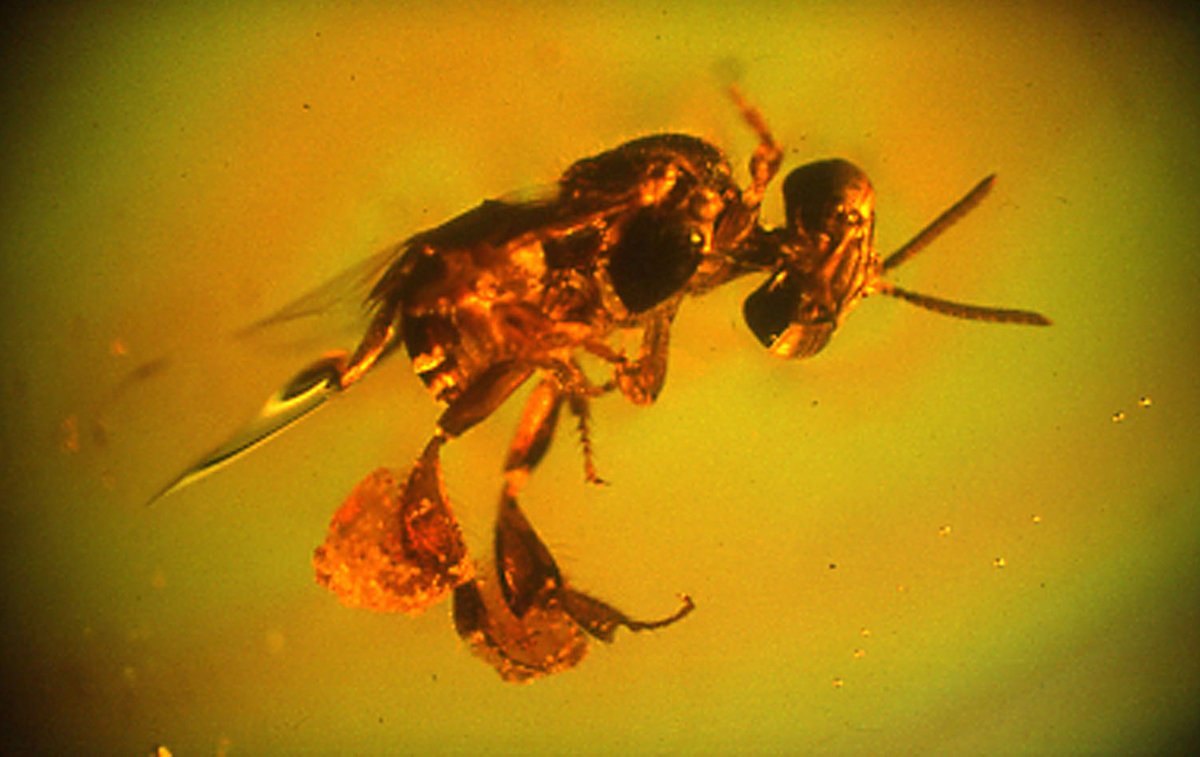
Amber represents the ultimate preservation medium for ancient soft tissues. When tree resin traps small organisms and then hardens over millions of years, it creates perfect three-dimensional fossils that preserve even the most delicate structures. We’re talking about fossilized insects with their wings still spread, spiders with every leg hair intact, and even tiny dinosaur feathers with their microscopic barbules perfectly preserved.
The level of detail in amber fossils is almost supernatural. Scientists have found 100-million-year-old insects with their internal organs still visible, flowers with their pollen grains intact, and even drops of ancient water trapped alongside the specimens. It’s like having a time machine that lets us peer directly into prehistoric moments frozen in time.
Some of the most exciting recent discoveries have come from Myanmar amber, which has yielded feathers, flowers, and even parts of small dinosaurs. These specimens are so well-preserved that scientists can study their cellular structure using the same techniques they’d use on modern organisms.
Exceptional Preservation Sites Around the World
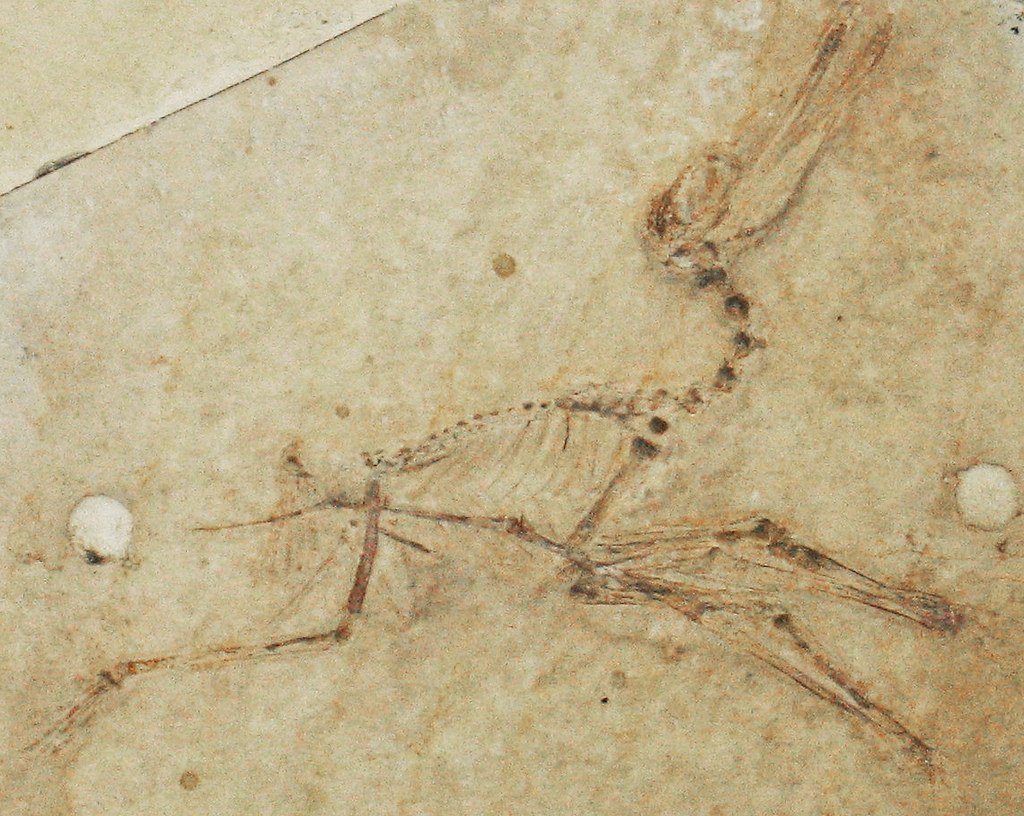
Certain locations on Earth seem to have been specially designed by nature to preserve soft tissues. The Burgess Shale in Canada, the Solnhofen Limestone in Germany, and the Jehol Biota in China are legendary among paleontologists for their exceptional preservation of ancient life. These sites represent moments when perfect conditions aligned to create fossil snapshots of entire ecosystems.
The Solnhofen Limestone gave us Archaeopteryx, the famous “missing link” between dinosaurs and birds, complete with perfect feather impressions. The fine-grained limestone preserved not just the bones but also the delicate feather structures that proved this creature was indeed a transitional form. Without this soft tissue preservation, we might still be debating whether dinosaurs and birds were related.
What makes these sites special is often a combination of factors: rapid burial, fine sediment, low oxygen conditions, and sometimes unusual chemistry that inhibits decay. It’s like winning the geological lottery – everything has to be just right for soft tissues to survive millions of years.
The Molecular Revolution in Paleontology

Modern paleontology isn’t just about carefully brushing dirt off bones anymore. Today’s fossil hunters use mass spectrometers, electron microscopes, and DNA sequencing equipment to extract information from specimens that would have been impossible to obtain even a decade ago. This molecular approach has revealed that many fossils contain original biological molecules that have survived for millions of years.
Researchers have found collagen proteins in dinosaur bones, melanin in ancient feathers, and even what might be DNA fragments in certain specimens. While the idea of extracting complete DNA from fossils remains controversial, there’s no doubt that these molecular traces provide unprecedented insights into ancient life.
The implications are staggering. We can now study the evolutionary relationships between extinct and living species at the molecular level, understand how ancient proteins functioned, and even investigate the biochemistry of creatures that died millions of years ago. It’s like having a molecular archaeology toolkit that can unlock secrets hidden in stone.
Ancient Parasites and Their Prehistoric Hosts
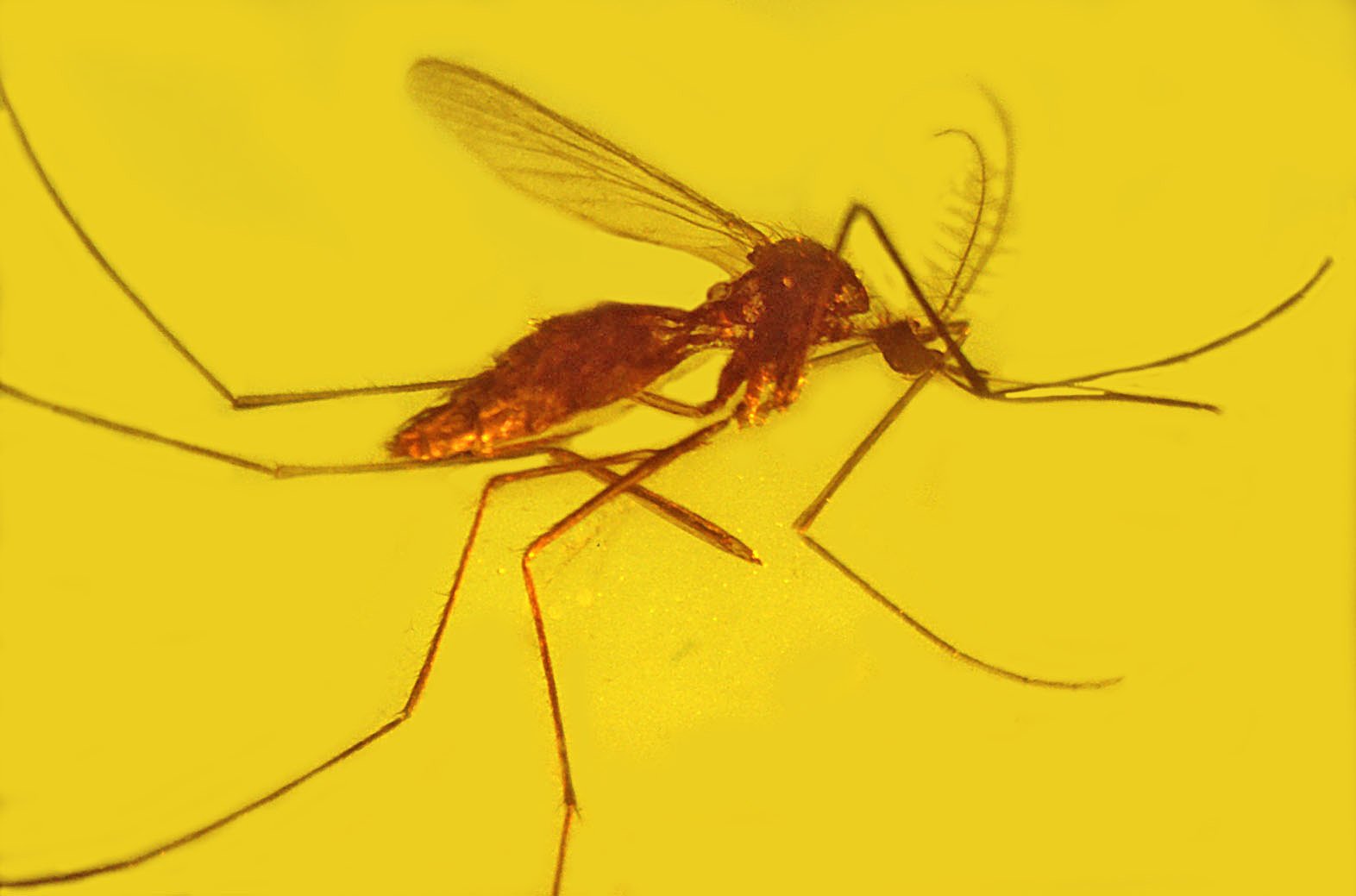
Fossilized soft tissues have revealed that ancient animals dealt with many of the same problems that plague modern creatures – parasites. Scientists have found evidence of prehistoric lice, fleas, and even intestinal worms preserved in amber or as trace fossils on ancient skin. These discoveries paint a more complete picture of prehistoric life, showing that even mighty dinosaurs had to deal with annoying little hitchhikers.
One particularly fascinating discovery was a 44-million-year-old flea preserved in amber that was so large it could have fed on the blood of small mammals or birds. The preservation was so perfect that scientists could see the flea’s specialized blood-sucking mouthparts, giving us direct evidence of how these parasites evolved alongside their hosts.
These parasite fossils also provide insights into ancient ecosystems and evolutionary relationships. By studying prehistoric parasites, scientists can infer what kinds of hosts were available and how disease transmission worked in ancient environments. It’s a reminder that the struggle between organisms and their parasites is as old as life itself.
The Incredible Diversity of Fossilized Soft Tissues
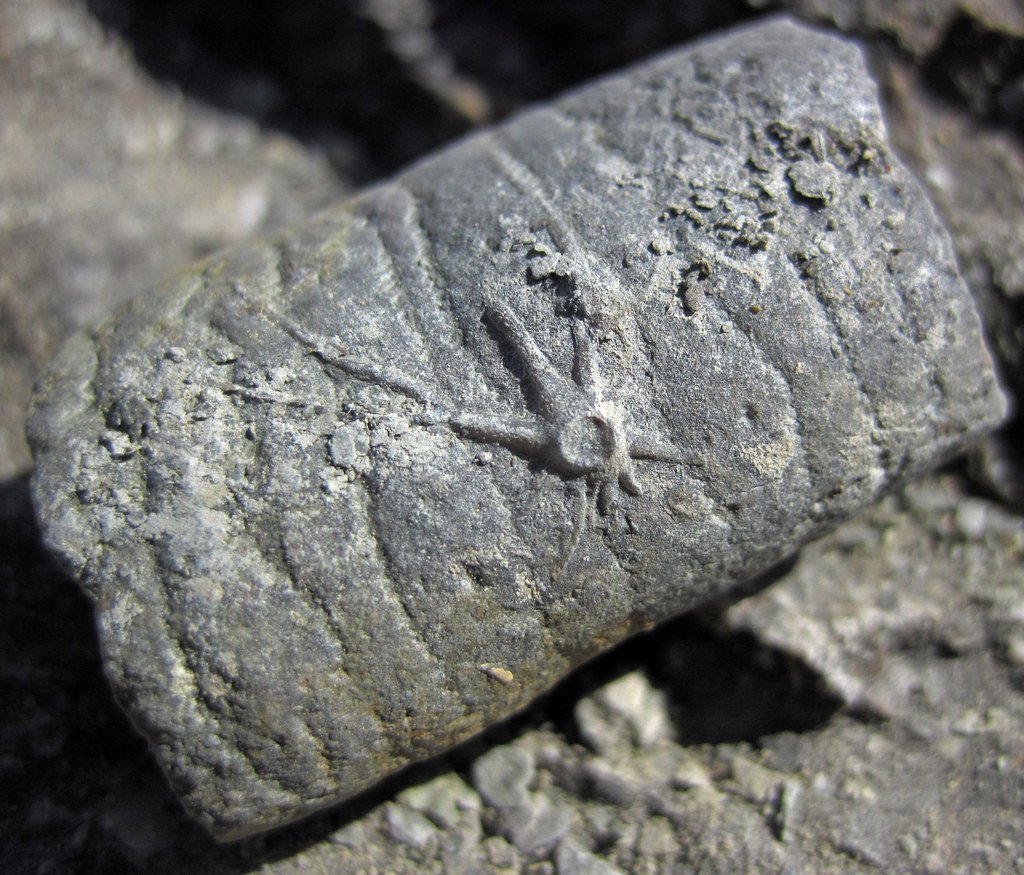
The variety of soft tissues that can fossilize is truly remarkable. Scientists have found preserved muscle fibers, blood vessels, nerve tissues, and even what appear to be fossilized cells with intact nuclei. Each type of tissue preservation provides unique insights into how ancient organisms lived, moved, and functioned.
Fossilized muscle tissue has revealed how dinosaurs moved and held their bodies, while preserved blood vessels have shown us the internal architecture of creatures that lived hundreds of millions of years ago. Some specimens even preserve evidence of coloration patterns in soft tissues, giving us glimpses of how ancient animals might have looked when they were alive.
Perhaps most remarkably, some fossils preserve evidence of behavior frozen in time. Scientists have found fossils of dinosaurs apparently sleeping, fish in the act of giving birth, and insects caught in the middle of mating. These behavioral fossils provide insights into ancient life that bones alone could never reveal.
What Fossilized Stomachs Tell Us About Ancient Diets

Finding fossilized stomach contents is like discovering an ancient grocery list. These incredibly rare specimens preserve the actual last meals of prehistoric creatures, giving us direct evidence of what they ate and how they processed their food. Unlike coprolites, which show us what came out the other end, fossilized stomach contents reveal the raw materials that went in.
Some of the most famous examples come from Jurassic marine reptiles whose stomachs contained perfectly preserved squid, complete with intact tentacles and ink sacs. These discoveries showed that ancient marine ecosystems were remarkably similar to modern ones, with complex predator-prey relationships and sophisticated hunting strategies.
Fossilized stomach contents have also revealed surprising dietary habits. Some herbivorous dinosaurs had stomach contents that included stones – gastroliths that helped them grind up tough plant material, similar to how modern birds use grit to aid digestion. These discoveries have revolutionized our understanding of how ancient animals processed their food.
The Art of Ancient Camouflage and Display
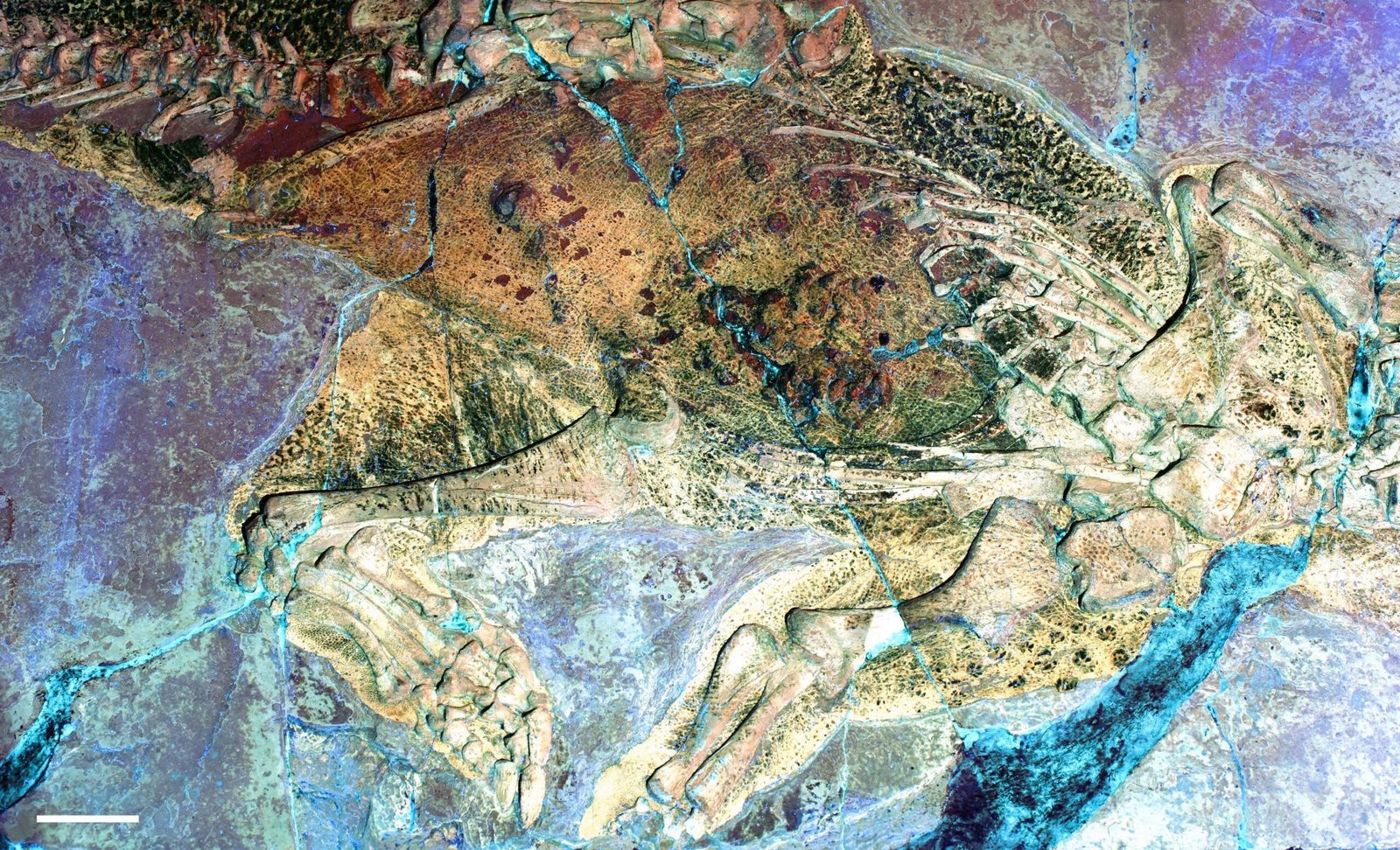
Fossilized skin and feathers have revealed that many ancient creatures were masters of camouflage and display. The preservation of color patterns and textures has shown us that prehistoric animals used many of the same visual strategies that modern animals employ to survive and reproduce. Some dinosaurs had elaborate crests and colorful plumage that would have rivaled modern birds of paradise.
The discovery of countershading in various dinosaur species suggests that these animals were more vulnerable to predation than we might have imagined. This coloration pattern – dark on top, light underneath – is used by modern animals to blend into their backgrounds and avoid detection by predators or prey.
Other fossils show evidence of bold stripes, spots, and other patterns that would have been used for species recognition, territorial displays, or mate attraction. These discoveries paint a picture of ancient worlds that were far more colorful and visually dynamic than the gray, bone-filled landscapes we often imagine.
Prehistoric Flowers and Their Pollinators
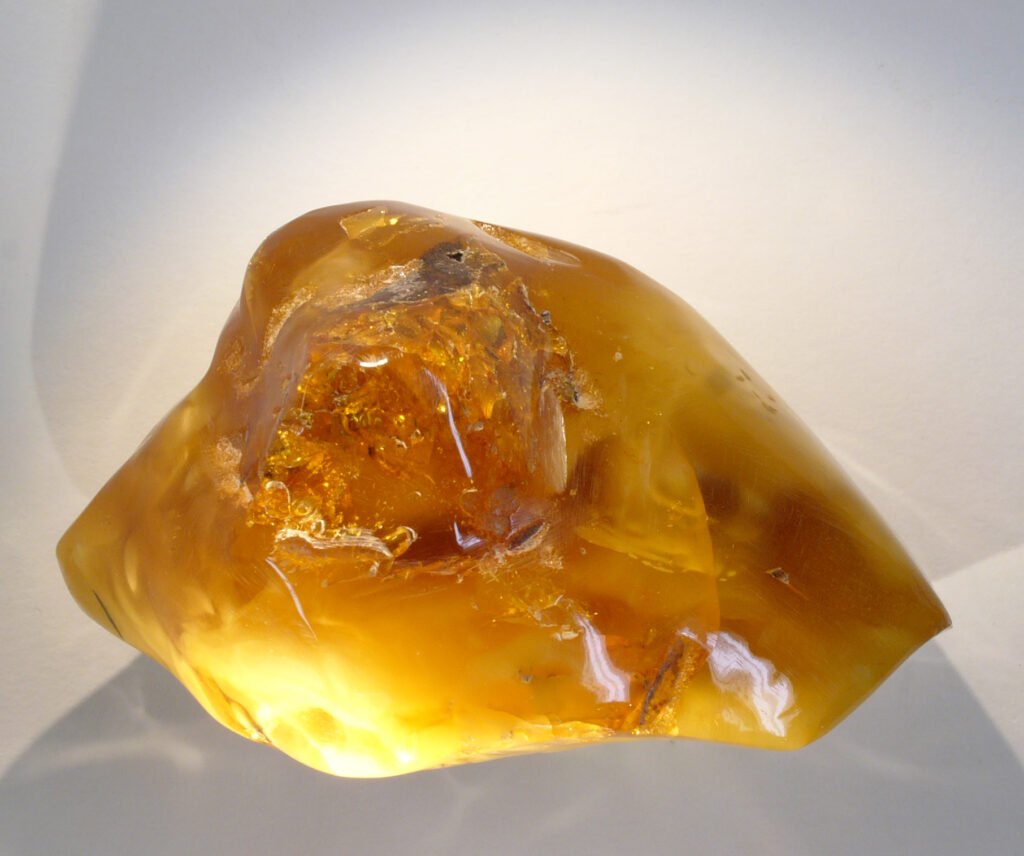
Fossilized flowers and their associated pollinators provide direct evidence of ancient plant-animal relationships. Some amber specimens contain flowers with pollen still on their stamens, alongside the insects that were visiting them when they became trapped. These fossils capture moments of ecological interaction that happened millions of years ago.
The preservation of these delicate structures has revealed that flowering plants and their pollinators co-evolved much earlier than previously thought. Some fossilized flowers show specialized structures that clearly evolved to attract specific types of insects, while fossilized insects show adaptations for feeding on particular types of flowers.
These discoveries have revolutionized our understanding of ancient ecosystems, showing that complex ecological relationships existed far back in time. The intricate dance between flowers and their pollinators, so crucial to modern ecosystems, was already well-established in prehistoric times.
The Preservation of Ancient Behaviors
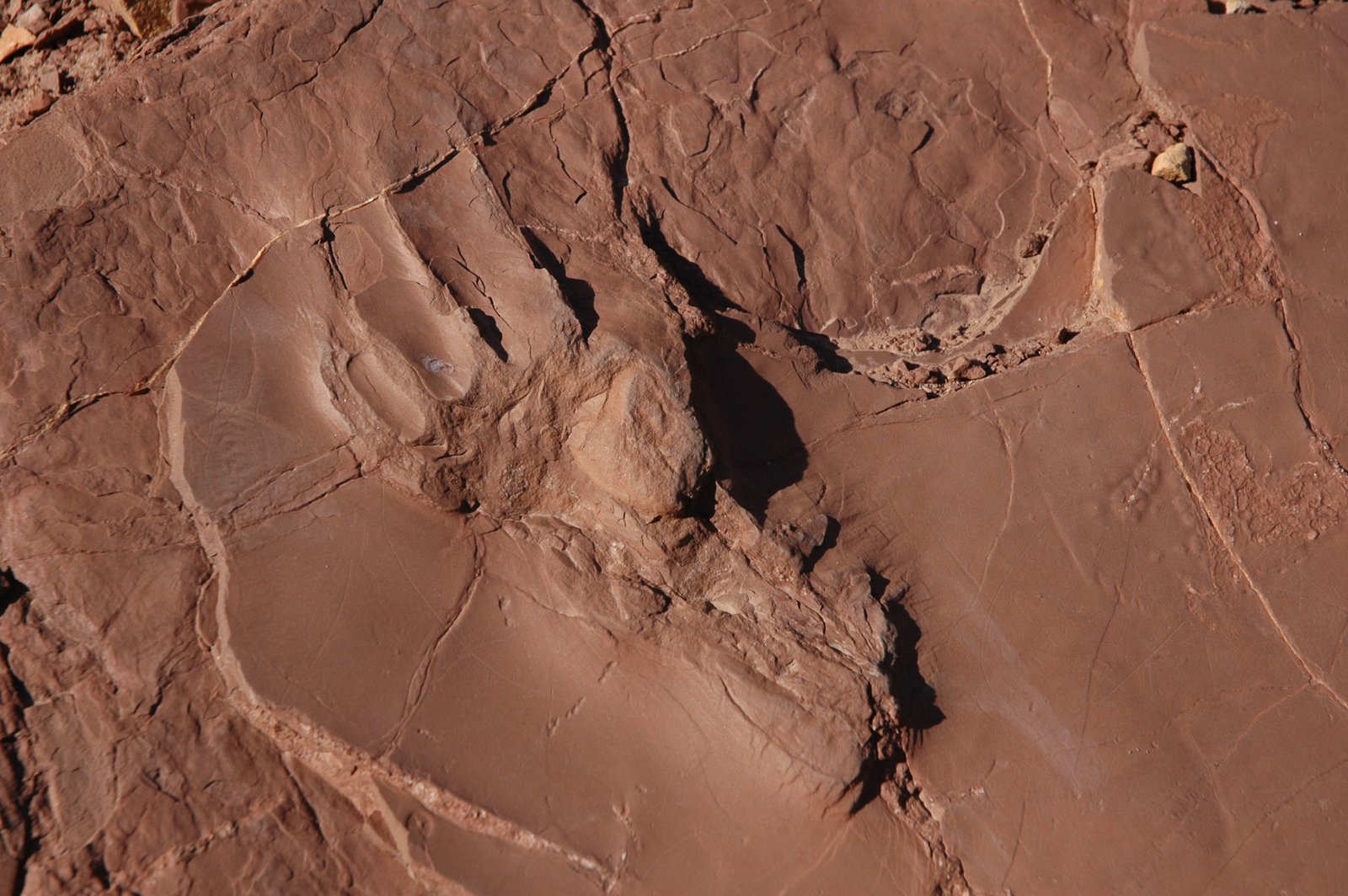
Some of the most exciting soft tissue fossils capture animals in the middle of specific behaviors. Scientists have found fossils of dinosaurs in nesting positions, with fossilized eggs and even embryos preserved beneath their bodies. These discoveries provide direct evidence of parental care behaviors that we can only infer from modern animals.
Other behavioral fossils show evidence of social interactions, territorial disputes, and even predator-prey encounters frozen in time. Some specimens preserve multiple individuals together, suggesting herd behavior or family groups. These fossils give us insights into the social lives of ancient creatures that would be impossible to obtain any other way.
The preservation of these behaviors in fossil form is extraordinarily rare and requires perfect timing and conditions. It’s like having a photograph of a moment from millions of years ago, complete with all the drama and complexity of ancient life.
Technological Advances Revealing Hidden Secrets

Modern technology has revolutionized our ability to extract information from fossilized soft tissues. High-resolution CT scanning can reveal internal structures without destroying the fossil, while chemical analysis can identify original biological molecules that have survived for millions of years. These techniques are constantly revealing new details about specimens that have been sitting in museum collections for decades.
Synchrotron radiation and advanced imaging techniques can now reveal details invisible to the naked eye, including cellular structures and even subcellular components. Some fossils that appeared to be simple impressions have been revealed to contain complex three-dimensional structures when examined with these advanced tools.
The future of soft tissue paleontology looks incredibly bright, with new analytical techniques being developed all the time. As our technology improves, we’re likely to discover that many more fossils contain preserved soft tissues than we previously imagined, opening up entirely new avenues for understanding ancient life.
The Future of Soft Tissue Paleontology
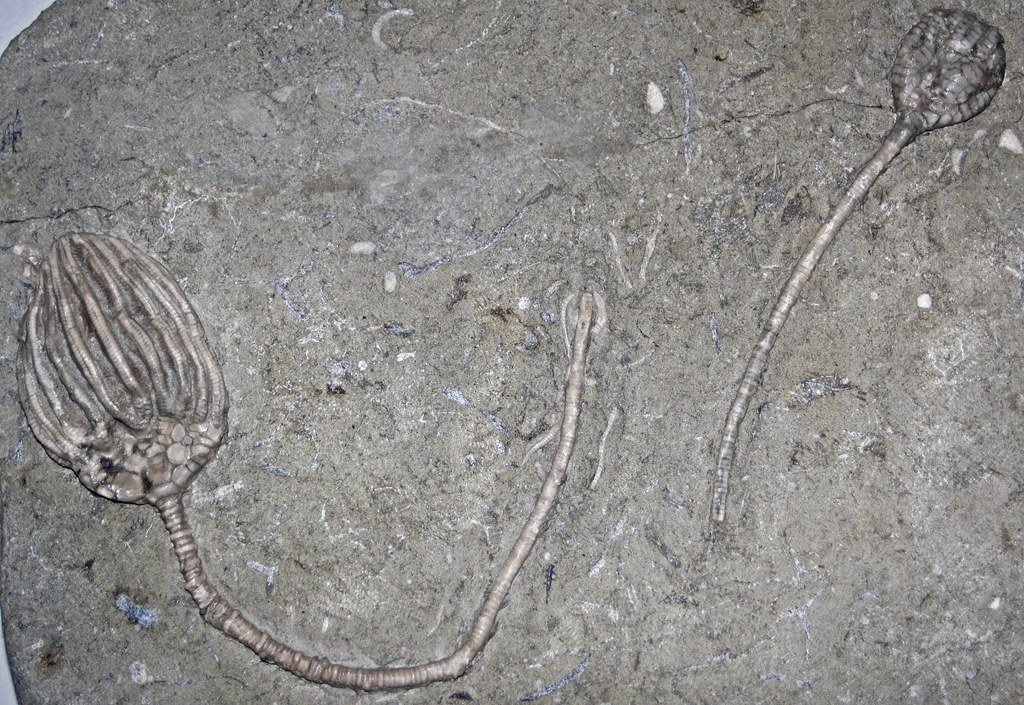
As we develop more sophisticated techniques for finding and analyzing fossilized soft tissues, we’re entering a golden age of paleontological discovery. New sites are being discovered regularly, and old specimens are being re-examined with modern tools to reveal previously hidden details. The field is evolving so rapidly that textbooks written just a few years ago are already outdated.
One of the most exciting frontiers is the search for even more ancient soft tissue fossils. As we push further back in time, we’re discovering that soft tissue preservation might be more common than we thought, even in very old rocks. These discoveries are rewriting the story of early life on Earth and showing us that complex organisms existed much earlier than we previously believed.
The integration of multiple analytical techniques is also yielding unprecedented insights. By combining chemical analysis, microscopy, and molecular techniques, scientists are building incredibly detailed pictures of ancient organisms and their environments. We’re not just finding fossils anymore – we’re reconstructing entire ancient worlds with remarkable precision.
Why These Discoveries Matter Today
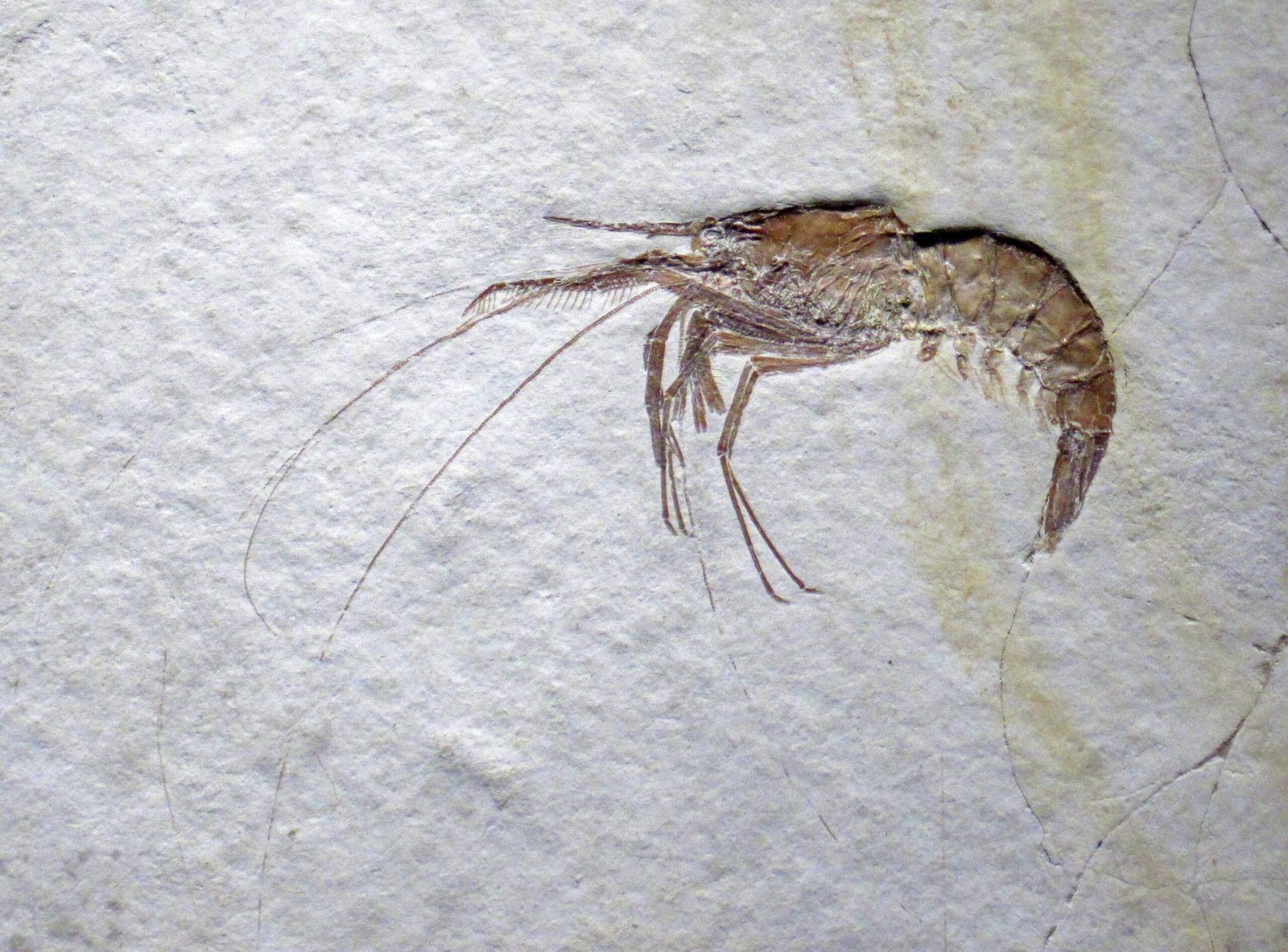
The study of fossilized soft tissues isn’t just academic curiosity – it has real implications for understanding life on Earth today. By studying how ancient organisms adapted to environmental changes, we can better understand how modern species might respond to current challenges like climate change and habitat loss. The fossil record provides a long-term perspective on life’s resilience and adaptability.
These discoveries also inspire new biomimetic technologies. The structure of ancient feathers has influenced the development of new materials, while the study of prehistoric muscle fibers has contributed to robotics research. Sometimes the solutions to modern problems can be found in the designs that evolution perfected millions of years ago.
Perhaps most importantly, these fossils remind us that life on Earth has always been incredibly diverse and creative. The more we learn about ancient soft tissues, the more we realize that prehistoric worlds were every bit as complex and beautiful as the natural world we see today. They connect us to our planet’s deep history and show us that we’re part of an ongoing story that stretches back hundreds of millions of years.
The next time you see a fossil display, remember that you’re looking at just the tip of the iceberg. Beneath our feet lies a vast archive of ancient life, complete with skin, feathers, and yes, even fossilized poop that holds the secrets of worlds long vanished. These delicate remnants of prehistoric life are rewriting the story of evolution and showing us that the ancient world was far more vibrant and complex than we ever imagined. What other secrets do you think are still waiting to be discovered in the rocks beneath our feet?




